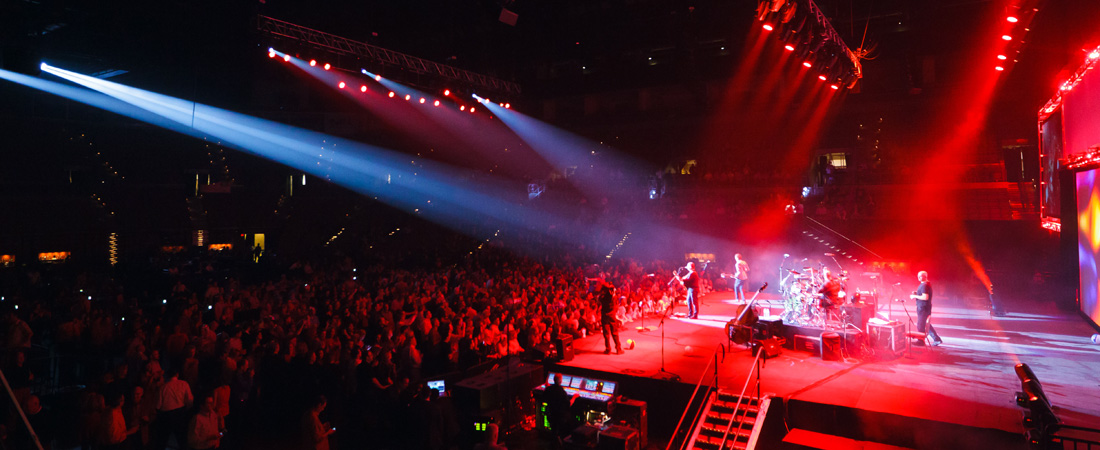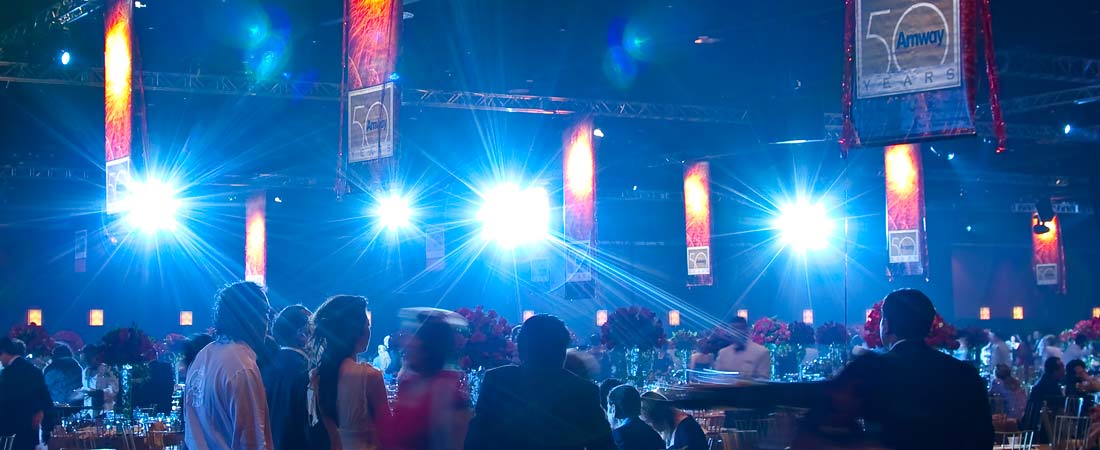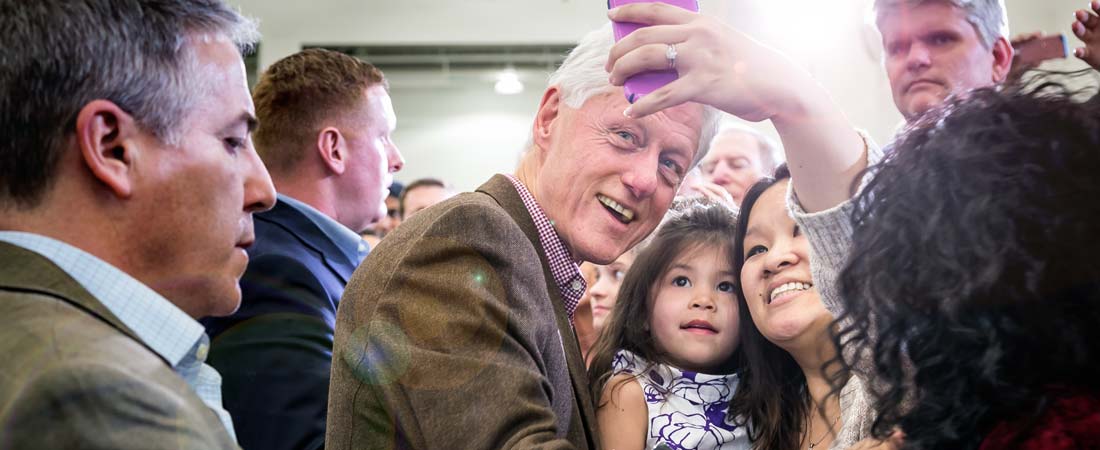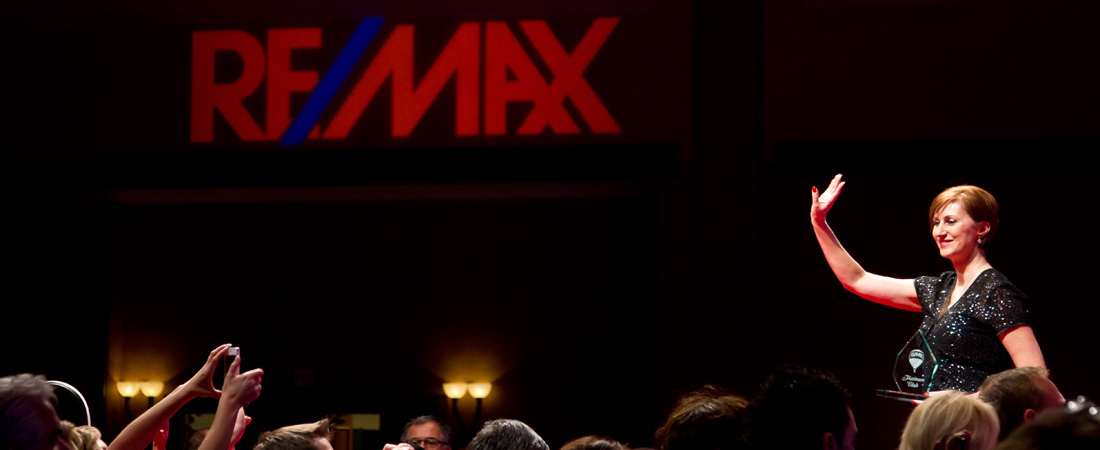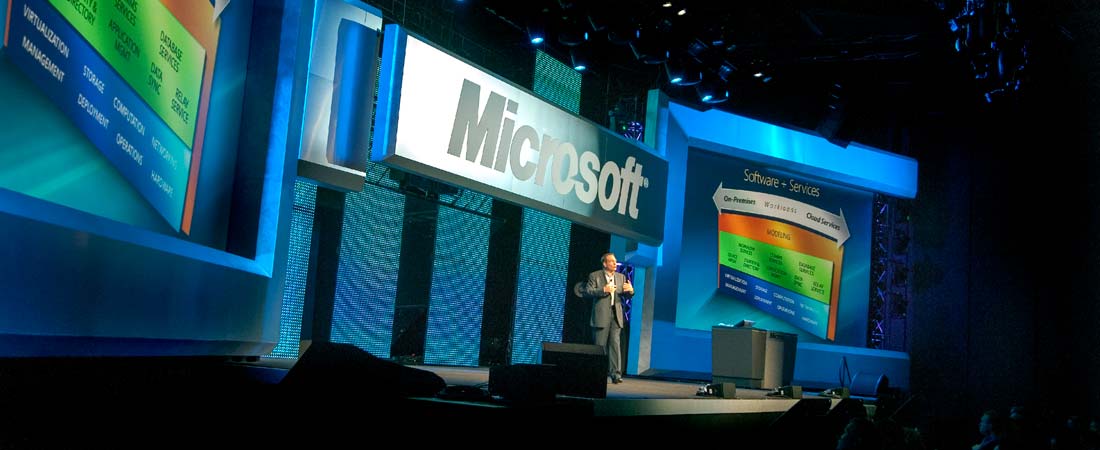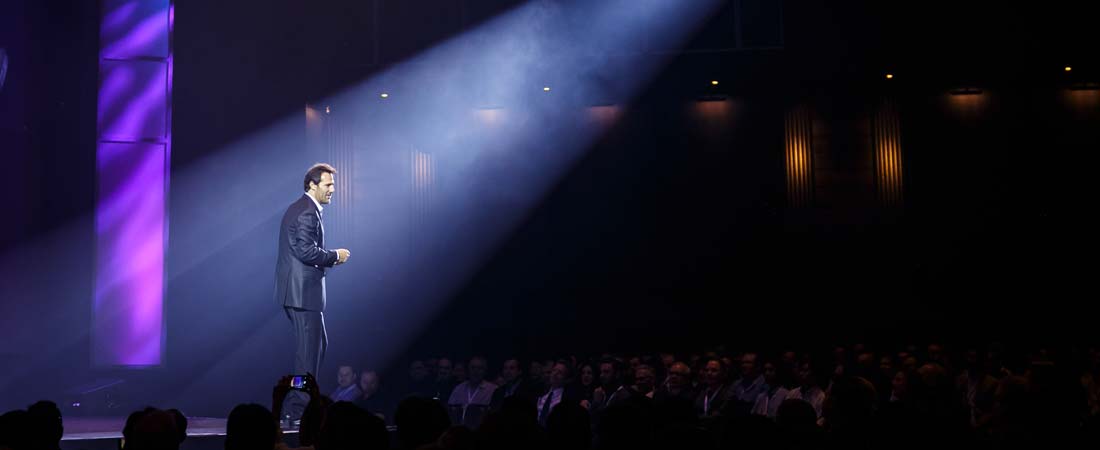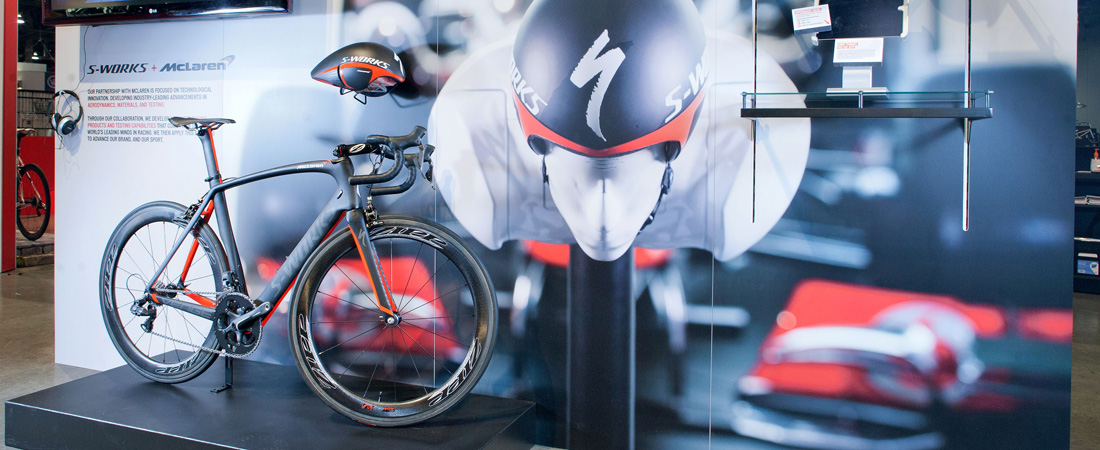Our Clients


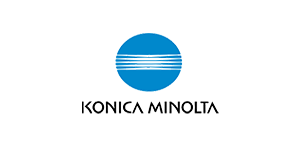
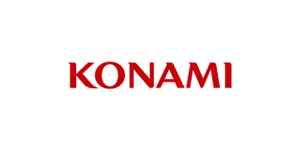

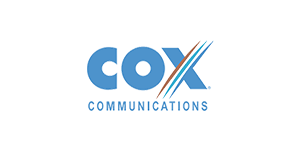
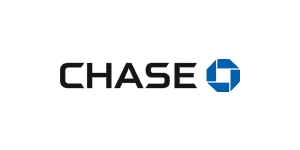

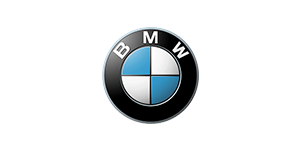
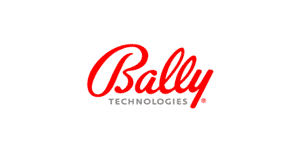

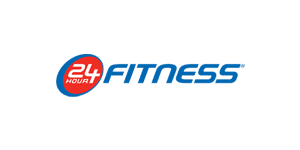
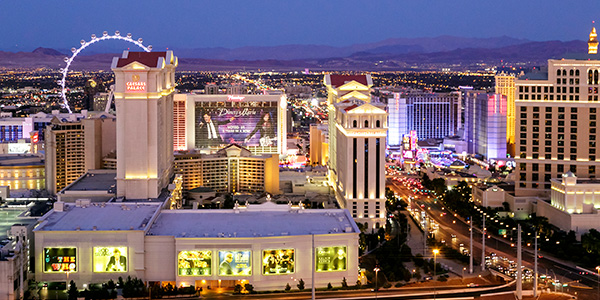
Las Vegas Event Photographer
Our unparalleled expertise as a Las Vegas event photographer allows us to provide creative, personalized solutions for event planners, event marketers, and PR marketing professionals.

San Diego Corporate Event Photographer
As an experienced San Diego corporate event photographer, we offer creative imagery and professional service that you can count on. Our captivating event photography will increase your marketing impact and help you stand out.
Las Vegas Event Photographer: How are we different?
Creativity. Being a creative Las Vegas event photographer requires more than just a good eye – it also requires good people skills and strong technical knowledge. Our experience and creativity allow us to create unique and appealing images that people can connect with. We bring a fresh and innovative perspective to every San Diego event photography assignment whether it’s a corporate event, trade show, or full commercial production.
Quality. We strongly believe that quality photographs make all the difference. That’s why we take the time to carefully plan out each project, paying close attention to even the smallest details so that we can deliver the best results possible. We can help set your company or brand apart by creating images that establish an impression of quality and value.
Professionalism. Creative, professional photography is a powerful tool that can be used to send the right message to your clients and target audience. With more than a decade of experience as a Las Vegas event photographer and a San Diego corporate event photographer, we have the skill-set and expertise necessary to capture your vision and ideas. We don’t simply document events –we capture the energy and the story behind it, professionally.
John Morris Photography: A Las Vegas Event Photographer
John Morris Photography is a Las Vegas event photographer and San Diego corporate event photographer. From large scale conventions to corporate outings, trade shows, conventions, seminars, or award ceremonies, we provide professional, reliable, and creative coverage of your event. Our unparalleled experience as a Las Vegas event photographer and San Diego corporate event photographer allows us to provide creative, personalized solutions for event planners, event marketers, and PR marketing professionals. Check out our portfolio here http://www.johnmorrisevents.com/las-vegas-event-photography-portfolio/
With over 15 years of experience in both commercial and corporate event photography, we understand careful planning and communication are the keys to great event photography. As a professional Las Vegas event photographer and San Diego corporate event photographer, John Morris Photography will take the time to discuss and plan out the details of your event so that we arrive prepared every time. We will work closely with you to determine your exact needs in order to provide the images and services you require to make your event a success.
From Las Vegas event photography, commercial photography, photography for meetings and seminars, trade show photography, event photography for private parties, photography for award ceremonies, and much more, we cover a full range of all size events.
Whether yours is a corporate or social setting, Las Vegas event photographer, and San Diego corporate event photographer, John Morris Photography captures the important moments. Award ceremonies, corporate headshots, social media headshots, ribbon cuttings, graduation ceremonies, press conferences, red carpet events, and more are worth documenting with a professional event photographer. Based in Las Vegas, we are available for travel nationwide.
Top Las Vegas Event Photographer
Professionalism * Experience * Reliability * Creativity * Quality
John Morris Photography is one of Las Vegas’s top event photography companies, with over 15 years of experience, specializing in event and corporate photography.
Las Vegas Corporate Events
Whether you’re planning an annual sales meeting for Microsoft or a small awards lunch for your Las Vegas sales team, you put a lot of time and effort into making sure your employees get the most out of your corporate event, large or small. A professional and creative event photographer, such as John Morris Photography will capture all the excitement, emotions and important details that you have planned to ensure that your corporate event is memorable. We ensure that the valuable investment you’ve made in your event and your people is photographed professionally so you can use it in future marketing, training, social media and in-house materials for years to come. As an experienced, professional Las Vegas corporate event photographer, John Morris Photography will become part of your creative team, offering expert advice and skills that will ensure your corporate event photography is as successful as the event itself.
Las Vegas Trade Shows
CES, Con-Expo, ASD, Magic, NAB. Some of the biggest trade shows in Las Vegas and John Morris Photography has worked with them all. We have been providing the Exhibit and Convention Industry with professional, high-quality trade show photography for over 15 years. And it’s not only the big shows. We have worked with hundreds of smaller trade shows, exhibit and booth companies, as well as companies and exhibitors on a booth by booth basis. We are trusted by some of the industry’s biggest booths and exhibit builders year after year in both Las Vegas and San Diego. Whether it’s your trade show, you design and manufacture trade show booths, or you are an exhibitor looking to document your booth or provide photography services to your clients and customers, John Morris Photography can help. We provide trade show booth photography, corporate headshots, green screen, and social media images. We also regularly document the entirety of the show, working with event planners and organizers to provide imaginative, creative, professional trade show photography.
Las Vegas Commercial Photography
John Morris Photography has been offering professional commercial photography for our clients for over 10 years. With a background in studio, location, and commercial lighting, we offer quality commercial photography to help companies, businesses, and individuals market their products and brands. Commercial photography requires not only professional skills and equipment but also meticulous planning, teamwork, and logistics. Being able to manage people, ideas, teams and the unpredictable takes confidence and vision. We are uniquely qualified and experienced to ensure that your product and brand concepts are represented and showcased to their fullest extent. We have worked with celebrities, clothing companies, social media marketing, products, and concepts both large and intimate to create the highest quality images possible. From, multi-concept photoshoots, on location and in-studio, we scout, prepare, organize, conceptualize, and execute professional, commercial photo shoots to maximize time and resources to ensure a successful campaign. We have frequently combined our commercial photography skills with trade shows and corporate events to provide a full spectrum of professional photography for our event and corporate clients.
Las Vegas Portrait Photography
We specialize in Las Vegas portrait photography for companies large and small. We are experts at portrait lighting of all kinds including, corporate headshots, on-location lighting, studio lighting, social media portraits, large group photography, and green screen. From cover shots of CEO’s to fashion to celebrities, both on location and in-studio, our ability to light and work with people to capture them at their best makes us the premier corporate portrait photographer in Las Vegas. We have provided headshots for small businesses and individuals in the studio and on location, planned and impromptu as well as large multi-station headshot setups for hundreds. With our extensive experience at portrait photography, we can help you plan and execute any size portrait shoot, fashion shoot, celebrity shoot, corporate, and/or group shot to ensure your subjects look their best with professional portrait photography. We can provide lighting setups that are simple and portable to elaborate, sophisticated lighting setups, and all will provide the highest quality images to meet your demanding portrait needs. We also do green screen and on-site printing with flawless results and efficiency.

